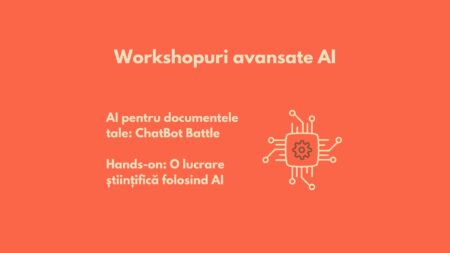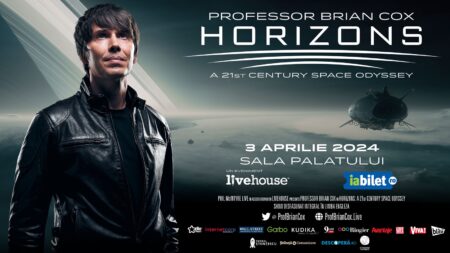I recently published an article about the research of the speleologist Oana Moldovan - A beetle has disappeared from Bear Cave - but I left out one of my favorite parts of the discussion. Oana Moldovan is coordinating an international research project on water quality in some rural areas of Romania, and the project also involves children from the villages. Researchers go to villages and teach children how to make mini-labs at home to discover what bacteria swim in their water glasses.
This activity has no scientific value in itself, nor is it part of any activity that was mandatory in obtaining funding. There are funding schemas, such as H2020 projects, where communication and public outreach activities that carry a lot of weight in the project evaluation.
[I intend to publish an article soon on how to write the Impact section of an H2020 project, you can subscribe to my newsletter here so you don't miss it].
Groundwaterisk is, however, funded by EEA grants which, like funding from the NCCDIIP, only has criteria about "exploitation and dissemination of results". This is more likely to mean patents, articles and participation in scientific conferences.
Oana Moldovan says she wanted to involve children out of a moral duty as a researcher.
"We felt we had a moral obligation to do something for the communities, and especially the rural ones, because that's where we go to the caves. We're scientists who like to be in caves, in the lab, and we don't really want people to bother us. But that's not allowed. You have to get involved for the community, for the people who have no other possibilities, where nobody goes."
For some years now, there have been more and more initiatives in Romania aimed at bringing science closer to children, but they mainly benefit urban children, who already have the possibilities. Moreover, in most cases children do not take part in discovery per se, but are recipients of lessons or activities that are a little different from school, but still a kind of school.
What I liked about involving children in the Groundwater project is that it avoids exactly these two clichés: it targeted disadvantaged communities and exposed children to very new discoveries in science and the research process, itself.
"I didn't want to go to a school in the centre of a big city. I specifically wanted to go to a rural population, for children who don't have many possibilities and maybe don't even have a microscope at school. We want to show them what is being done and what is known today", Oana Moldovan explained.
Children are given plastic sheets on which they can sprinkle drops of water. The foil is impregnated with some growth medium, so that if a micro-organism in the droplet hits its specific medium, it multiplies, makes a colony and becomes visible. By seeing what has happened on the foil they receive, children gain a better understanding of what is in the spring water they drink and learn to distinguish between pathogenic and beneficial microbes. [You can read what Oana Moldovan told me about microorganisms in water here].
I asked her if, when she proposed the idea to her colleagues, they objected to having to go the extra mile. The research project involves scientists from three institutions in Romania (Romanian Academy - Emil Racoviță Institute of Speleology in Cluj, University of Bergen, Babes Bolyai University and Incdo-Inoe 2000).
"To my surprise, this very point in the project I proposed pleased all my collaborators. I wasn't expecting it, but that's exactly what everyone liked. People really see the meaning of this activity and really get excited about it", the project coordinator replied.
Oana Moldovan gave me, in my discussions with her, an answer to the question "Why is it important to communicate with non-specialist audiences?", a question I get very often myself. "Moral duty" is not the only answer - after all, researchers are already doing good for society by their very work. But researchers' efforts to communicate with the public also have rewards, sometimes with direct beneficial impact: higher scores in H2020 (and future Horizon Europe) project evaluations, the possibility to get in touch with entrepreneurs, notoriety that can be helpful in obtaining public and private funding, etc.
If you are interested in the subject, I have already written about the reasons for communicating with the public in the articles Researchers also have a "bubble" of their own. How and why they communicate outside it, Public Understanding of Science - why communicate and Babeș-Bolyai University's strategy to bring academia closer to society. An interview with Daniel David.





